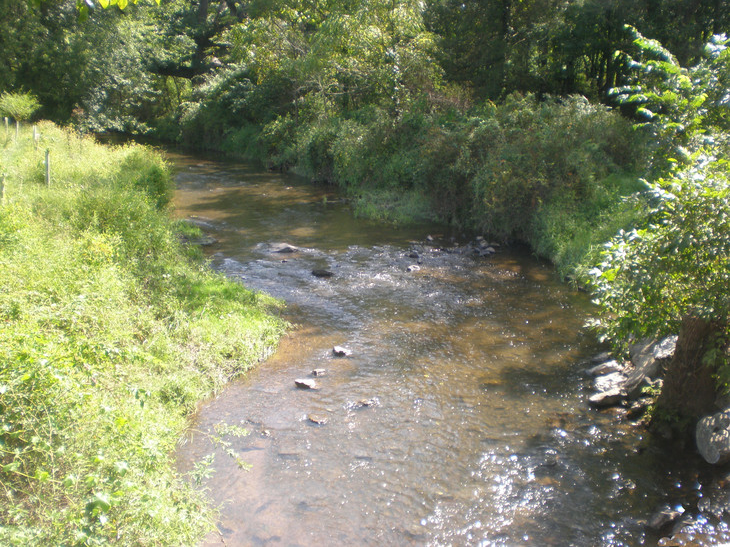UNIVERSITY PARK, Pa. — Penn State Extension educators will be visiting hundreds of farms in the next month to follow up on a survey Pennsylvania farmers received earlier this year asking about conservation practices they have adopted to promote water quality and soil health.
The survey was sent by the Penn State Survey Research Center to 20,000 farmers in the portion of the state that drains into the Chesapeake Bay. More than half of Pennsylvania’s land area is in the bay drainage. The Susquehanna River, which flows through the state’s most fertile farming region, is the Chesapeake’s largest tributary.
Nearly 7,000 farmers responded to the survey, and now extension educators will visit 10 percent of those — about 700 farms, randomly selected — to test the overall accuracy of the responses.
The results of verification visits will be incorporated into data yielded by the survey and analyzed by researchers in Penn State’s College of Agricultural Sciences. Cumulative results will be provided to the state Department of Environmental Protection by the end of September.
“We want to give farmers a heads up that the verifications are starting so they are prepared in case their farms are randomly selected for a visit,” said Chris Houser, interim assistant director of agronomy and natural resources programs for Penn State Extension.
“We want to complete these verifications in the month of August.”
Survey responses and the results of verification visits will be kept completely confidential and never will be associated with a farmer’s name or location, according to James Shortle, distinguished professor of agricultural and environmental economics and the lead researcher for the survey.
“The results reported to the Department of Environmental Protection will be provided in summary form and will not include any names or locations of survey participants,” Shortle said. “All inventory and farm visit results will be permanently anonymized to prevent identification of respondents.”
Pennsylvania agriculture has done much to improve water quality in the state’s rivers and streams and the Chesapeake Bay, Houser noted. “Yet that positive story often is not told. The survey and the coming farm visits are a way to give farmers in the bay watershed a chance to tell that story.”
Many of the conservation practices that farmers have implemented over the years are not accounted for in tracking the progress made toward meeting priority water-quality goals, including cleaning up the Chesapeake Bay, Houser pointed out. “This is especially true where farmers have adopted these practices on their own initiative and by using their own money,” he said.
The survey was developed collaboratively by Penn State, the Pennsylvania Farm Bureau, PennAg Industries Association, Pennsylvania Farmers Union, Pennsylvania Association for Sustainable Agriculture, Professional Dairy Managers of Pennsylvania, the Pennsylvania Department of Agriculture, the Pennsylvania State Conservation Commission, the Pennsylvania Association of Conservation Districts, and the Pennsylvania Department of Environmental Protection.
